For the moderately priced AWD sedan market (starting MSRP ~$20k), currently there are not many choices in the US. Among those candidates the Subaru Legacy is the only model that comes with AWD system as standard.
Above image: the 2015 Subaru Legacy 3.6R Limited trim test car
Subaru offers two engine options on the 2015 Legacy (both are naturally aspirated): a 2.5L flat-4 producing 175hp and 174 lb-ft of torque; and also a 3.6L flat-6 engine with 256hp and 247 lb-ft of torque.
We have tested the 3.6L engine version, which is only available on the 3.6R Limited trim. The 2015 Legacy is a completely-new design, which marks the beginning of the 6th-generation of this model.
Major Changes and Updates
Besides the newly designed car body construction with better rigidity and safety standard, major changes are primarily in the drivetrain, they include:
1. Manual transmission is discontinued;
2. Previous 5-speed automatic transmission on the 3.6R trim is also discontinued;
3. All Legacy trims now come with the CVT as the only choice;
4. The previous Variable Torque Distribution (VTD) AWD system on the 3.6R trim is gone with the 5AT. The AWD on the 2015 Legacy 3.6R trim is the Active Torque Split (ATC) system, the same as all other 2.5L engine trims.
Subaru VTD AWD Explained
The VTD system on the previous Legacy 3.6R is using a planetary gear center differential, with an electronically-controlled hydraulic multi-plate clutch acting as the limited-slip functionality. The VTD’s default torque split is 45:55 (front/rear); under slippery situations the multi-plate clutch kicks in, and the front/rear torque distribution can be altered to 50:50.
Subaru ATC AWD Explained
The ATC system used on this new 2015 3.6R trim does not has a “real” center differential. Instead it is using a multi-plate clutch to act as the power coupling. Default front/rear torque split is 60:40, and it can vary such ratio by adjusting the pressure applied on the clutch’s friction plates. Below is illustration of the Subaru ATC AWD.
Above image: illustration of the Subaru Active Torque Split AWD system
Please note that unlike the Acura SH-AWD, or the upcoming Ford Focus RS AWD system (both of them have built in an internal spin speed difference between the front propshaft and the rear wheels), neither the front wheels nor the rear wheels in the Subaru ATC AWD system are over-driven. This means when the multi-plate clutch is fully engaged, both the front and rear wheels will spin at the same speed.
Therefore under normal driving conditions, theoretically speaking there will be NO (or small enough to be ignored) sliding friction within the clutch plates, and the power is transferred by static friction, just like how power is delivered in manual transmissions. Hence this is the reason why the ATC AWD can work full-time, transferring large amount of power to the rear wheels (40%), without worrying about the friction wear and overheat issues.

Interested in our Subaru AWD analysis? You may also like our other articles:
Acura SH-AWD: A Comprehensive Analysis
AWD System Dissected: Audi Quattro vs. Volkswagen 4Motion
2016 Ford Focus RS AWD System Analysis
Above image: steering wheel and also the instrument cluster of the Legacy
On the other hand, from our previous discussion here and here, it is quite possible that the rear wheels will spin much faster than the front wheels when the car is cornering or making a turn: this will cause trouble to the ATC system, since there is no over-driven mechanism built-in between the front and rear wheels.
Therefore when the car is making a turn, for the ATC AWD system, the hydraulic pressure applied to the clutch is decreased, and the friction plates are partially disengaged to allow sliding among them. Under such situation, the power delivery is switched from static friction to sliding friction. Of course, less hydraulic pressure to the clutch plates means less percentage of power to the rear wheels too.
So this is the trade-off in the Subaru ATC AWD system: it can work full time with large percent of power on both front and rear wheels under normal driving conditions; however, the AWD functionality is weakened during cornering. Compared to the previous VTD system, the VTD does not has this issue at all. From this aspect, we consider the AWD system on the 2015 Legacy 3.6R to be downgraded.
It is not because of the CVT that let Subaru chose to give up the better VTD AWD system (because the current 2015 WRX is using CVT paired to the VTD AWD), it is in fact due to the cost reduction.
Above image: window sticker of the Legacy we test driven
Body Construction and Safety Rating
Although the AWD system is “downgraded”, the new Legacy’s car body construction and rigidity is greatly improved over the previous generations. This can be verified by the IIHS crash test data: the 2015 Legacy’s cabin safety cage has less deformation in all of the small overlap/moderate overlap frontal tests, side impact test and also the roof strength test, than the 2014 model.
Test Drive Impression
In our test drive, despite the use of CVT, we feel the acceleration is more than enough for the Legacy: the CVT works seamlessly, without the shifting jerk in the traditional automatic transmissions. And the initial acceleration from a standstill is so strong that, it even gives you an impression of a V8 engine. A sprint from 0 to 60mph is effortless – you just watch the tachometer needle fluctuating between the 2k and 3k RPM mark, and the job is beautifully done in a timely fashion.
The new Legacy’s car body has very high torsional rigidity, it also filters out most impact forces transmitted from the suspension. You will not feel uncomfortable to drive on road surface with potholes, expansion strips and also broken pavement. In fact the way how Legacy’s chassis handles imperfections on the road surface, is very comparable to some current luxury sedans.
The suspension and handling is tuned to the soft side, yet is precise and predictable. During cornering you will get a certain amount of nose-heavy feel, but that’s completely acceptable because the Legacy is indeed nose heavy (60% of the total weight is in the front). Simply put, the stock Legacy 3.6R is not for serious track usage.
Talking about the interior, the material and assembling quality in our 3.6R Limited trim is in the 1st-tier of the class. Although the MSRP of our test car is not cheap at all ($34,126), I believe after some haggling you can possibly cut the price down below the $30k mark.
Summary
Below is our summary on the 2015 Legacy 3.6R Limited:
– Best rigidity and safety among its competitors
– Solid feel provides confidence in bad road surface conditions
– Superb ride quality and comfort
– Powerful acceleration during initial acceleration
– Above average handling
– Full-time AWD system, all 4 wheels receive meaningful amount of power most of the time
Now please enjoy the below gallery, showing the Legacy we have test driven.


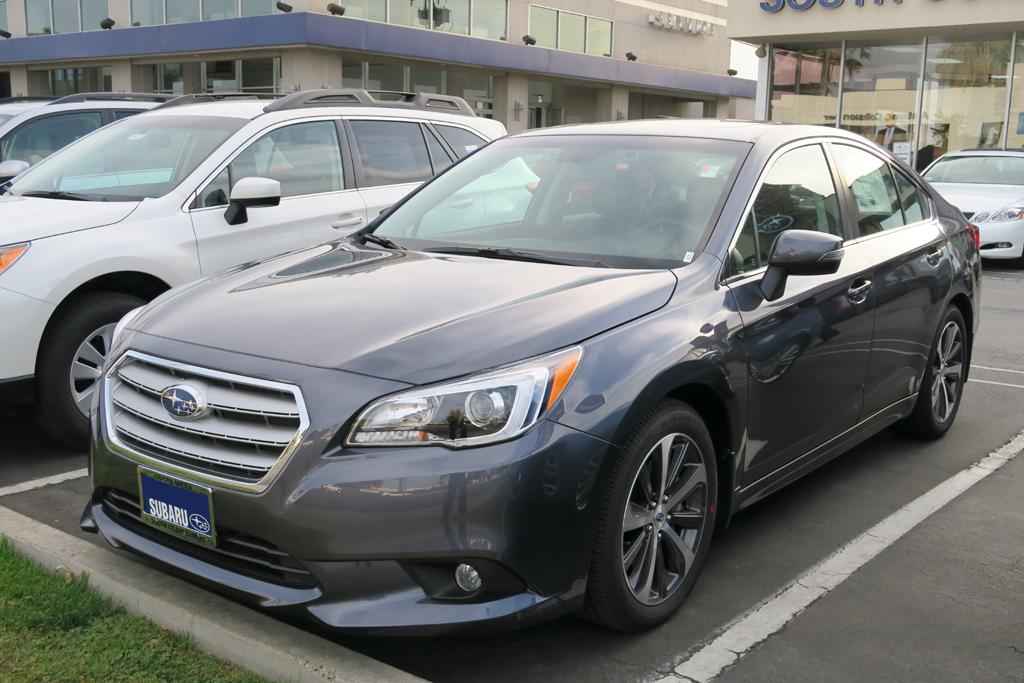
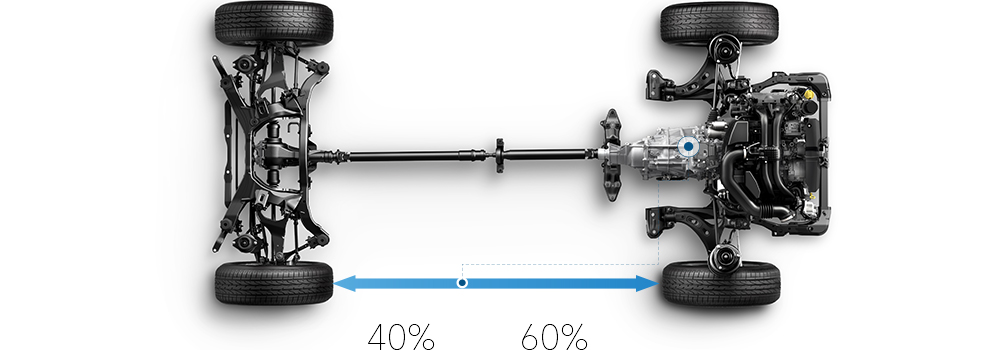

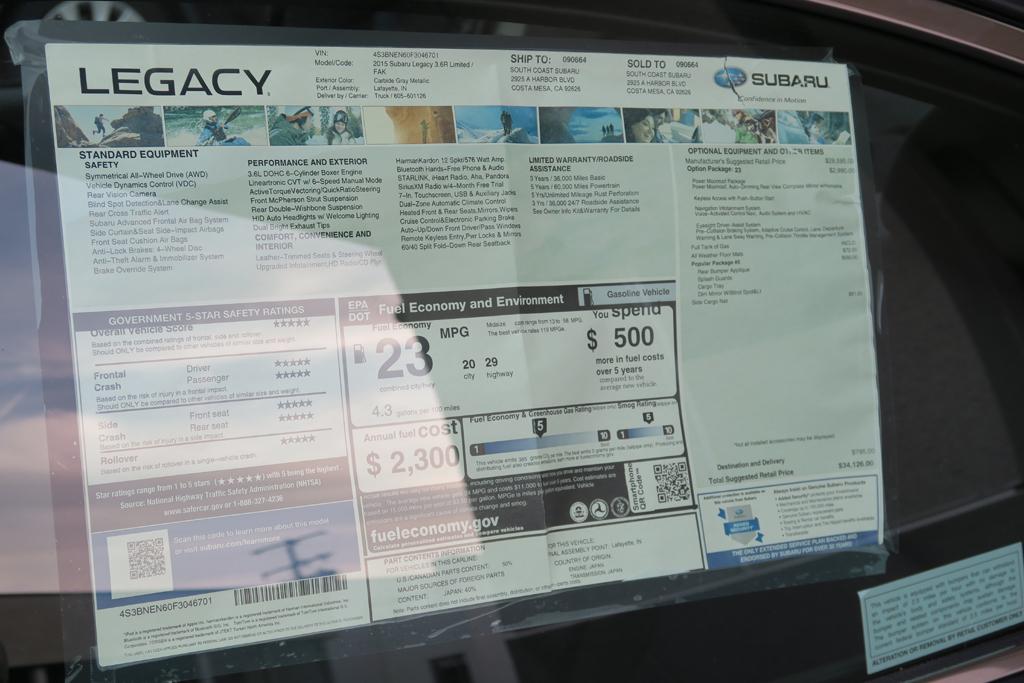



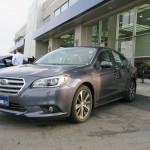
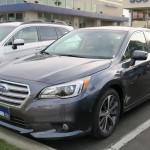
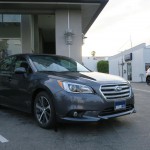
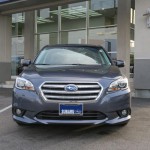
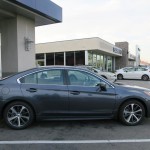

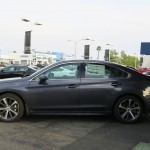
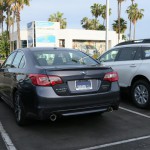


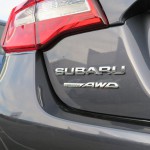

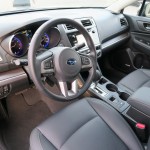
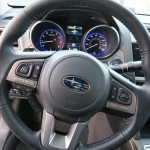
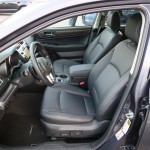
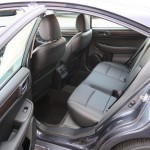
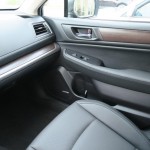
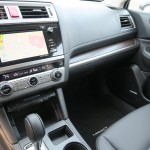
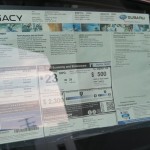

Recent Comments